Steve Irwin, The Crocodile Hunter
Compiled by: Asim DEb
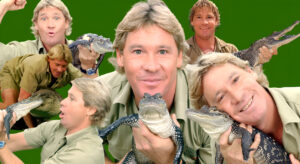
Imagine a little boy is receiving a python on his birthday gift from his parent. That was the beginning of that boy, Stephen Robert Irwin, in his trademark khaki shirt and shorts better known with his popular name Steve Irwin. Imagine that animal loving Irwin couple having a unique honeymoon by filming crocodiles. But at the end, the dare devil animal lover had a tragic death at the age of only 44 while filming an underwater documentary film titled Ocean’s Deadliest on September 4, 2006, near the Great Barrier Reef. He unknowingly swam over a venomous bull stingray, in shallow water, that provoked the animal to attack. He was stabbed hundreds of times by a 8-foot-wide stingray.
“I get called an adrenaline junkie every other minute, and I’m just fine with that.” —Steve Irwin
“I’m dying.” Those were “Crocodile Hunter” Steve Irwin’s final words, according to the cameraman who urged the wildlife icon to “think of his kids” and “hang on” after being stabbed by a stingray in a fatal, freak attack. The cameraman, Justin Lyons, is said to be the sole witness to the Sept. 4, 2006, attack and captured the incident with his lens. But he does not believe the footage should ever be shared with the public. Irwin allowed inner explorer by following along and introduced the masses to his oft-used exclamation of astonishment: “Crikey!” the Australian expression of surprise or excitement.
Despite their impressive size, stingrays are normally docile creatures that do not pose a threat. Stingrays have several sharp and venomous barbs on their tails that they use to defend themselves when they feel threatened, though experts at the time stressed that stingrays were not usually vicious and rarely attacked and killed humans.
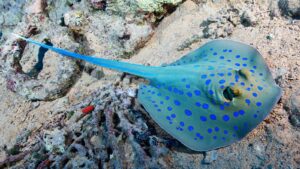
In what is being billed as a world’s exclusive interview, the underwater cameraman told Australia’s Studio 10 that some of the details that were initially made public about Irwin’s death were incorrect. According to Lyons’ account, he and Irwin were about eight days into filming a series called “Ocean’s Deadliest” when they found themselves in chest-deep water near Queensland, Australia. They came across a “massive” 8-foot-wide stingray. The cameraman and Irwin already had some footage but decided to go back for “one last shot” of Irwin behind the stingray before it swam off into the ocean. “I thought, ‘This is going to be a great shot”, then suddenly, and without warning, the creature attacked. It all happened so quickly that Lyons did not immediately realize something had gone wrong.
“I had the camera on, I thought this is going to be a great shot, and all of sudden it propped on its front and started stabbing wildly with its tail, hundreds of strikes in a few seconds.” “It wasn’t until I panned the camera back… Steve was standing in a huge pool of blood that I realised something had gone wrong. It’s a jagged barb and it went through his chest like a hot knife through butter.”
“He had a two-inch-wide injury over his heart with blood and fluid coming out of it and we had to get him back to the boat as fast as we can.”
This contradicts earlier claims that Irwin had died after removing the stingray’s barb from his chest. “That was incorrect”, Lyons said: “It didn’t come out, Steve didn’t pull it out.”
Within 30 seconds, the crew had Irwin on an inflatable boat heading back to the main vessel being used on the shoot. There, it soon became clear that Irwin was dying. Lyons described the frantic effort to keep Irwin alive, and tried to calm his friend. “I was saying to him think of your kids, Steve, hang on, hang on, hang on. He calmly looked up at me and said, ‘I’m dying.’ And that was the last thing he said… those were his final words.”
Lyons said that within Irwin’s circle, there was a sense that Irwin would meet his end in a “weird” way. But not by a dangerous creature such as a crocodile or shark, because Irwin was so adept at dealing with such wildlife. “It was shocking,” Lyons said of the way Irwin died. “It was probably always going to be something weird with Steve… it would always be a crazy, silly accident. And as it turns out that’s exactly what it was.”
Early Life:
Stephen Robert Irwin was born on February 22, 1962. He grew up loving all wildlife, especially reptiles. He grew up studying and caring for animals at his parents’ wildlife park, which is now known as the Australia Zoo. He caught his first venomous snake (a common brown) at the tender age of six and would often arrive late to school after convincing his mother to pull over so he could rescue a lizard off the road. He learnt from his father how to catch and handle crocodiles and as a reward received a python as a birthday present. By the time he was nine years old, Steve was catching small crocodiles, hanging around boat ramps, by jumping on them in the water and wrestling them back into the dinghy. He always had an uncanny sixth sense when it came to wildlife and spent his life honing that skill.
In the early 1970s Irwin accompanied his father on expeditions for the government-sponsored East Coast Crocodile Management Program, to protect endangered saltwater crocodile hunting and relocating the animals to less-populated areas or to sanctuaries, including the Beerwah Park. It was on one such outing, when Irwin was age nine, that he first attempted to subdue a crocodile by jumping on its back. He soon became quite adept at the technique. Often, he was spending months alone in the bush in search of the animals, capturing the largest and most dangerous crocodiles, and eventually earned a reputation as Australia’s top “croc catcher.” He was involved in all aspects of managing his family’s park, which was renamed Queensland Reptile and Fauna Park, and eventually that became the Australia Zoo.
By 1980, the wildlife park was renamed the ‘Queensland Reptile and Fauna Park’. This was Steve’s home and the place he loved the most. Here he worked countless hours, caring for the wildlife and maintaining the grounds.
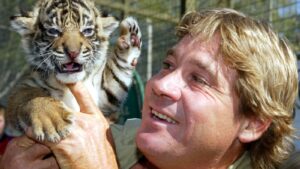
Crocodile Hunter Premieres:
In 1991 at the age of 29, Irwin took over direction of Beerwah Park from his father. During one of his “Croc Feeding” demonstrations he met Terri Raines, an American businesswoman and conservationist; and the couple got married in 1992. Interestingly, the couple had a unique honeymoon by filming crocodiles. This footage became the first episode of their 1992 Australian TV show The Crocodile Hunter (1992–2006). Four years later, the series was picked up by the American cable network Animal Planet, that show was aired in more than 200 countries. Thanks to the show, Irwin’s enthusiasm for saving endangered (and dangerous) animals quickly became as popular as his one-word catchphrase “Crikey!”, the Australian expression of surprise or excitement.
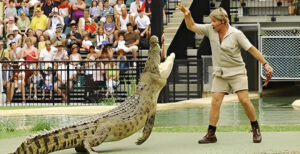
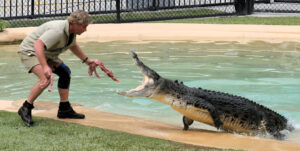
Audiences were often spellbound by Irwin’s dangerous encounters with animals on the series. With frenetic energy and boyish enthusiasm, Irwin led his viewers on close encounters with deadly and usually endangered animals like deadly snakes, spiders, lizards, and, of course, crocodiles, in Australia and later in the jungles of Asia and Africa. He appeared in the 2001 film Dr. Dolittle 2 with Eddie Murphy. The following year, the couple starred in their own film, The Crocodile Hunter: Collision Course.
1997 – Discovered new turtle species, named Irwin’s turtle (Elseya irwini)
2001 – Awarded the Australian Government Centenary Medal for “service to global conservation and Australian tourism”
2004 – Recognised as “Tourism Export of the Year”
• Australian of the Year nominee
2006 – Awarded Honorary Professorship by The University of Queensland’s School of Integrative Biology
2009- Honoured with naming of new species of land snail Crikey steveirwini
• Inducted into the Queensland Business Leaders Hall of Fame
2015 – Recipient of Queensland Greats Award
2018 – Received a star on the Hollywood Walk of Fame
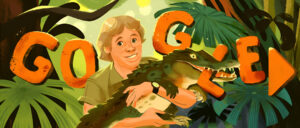
November 15 has been designated Steve Irwin Day, an international tribute held annually in recognition of his life and work.
In 2007 the Australian government purchased 330,000 acres (134,000 hectares) of land in Cape York, Queensland, to honor Irwin. The Steve Irwin Wildlife Reserve is now a home to 35 different ecosystems that include rainforest wetlands and savannahs. It is a place for conservation, discovery, and research.
Controversy:
In 2004, Irwin stirred up in great controversy for feeding a crocodile while holding his infant son. Many were shocked by the images of Irwin and his son Robert with the snapping crocodile and accused Irwin of child endangerment. Irwin stated that his son was never in harm’s way. He had grown up in a zoo environment and wanted the same experience for his son and his daughter, Bindi Sue.
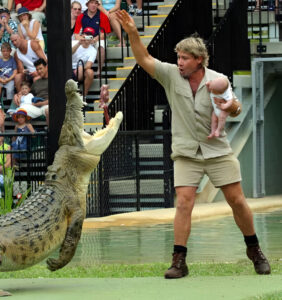
Tragic Death:
Stunned by the news, people around the world mourned his tragic death. Many left flowers and notes at the Australia Zoo, which he and his wife ran, taking over for his parents. Others posted messages expressing their grief on the Web.
Steve Irwin continues to be remembered for his dedicated contributions in wildlife education and conservation,
In 2001, the Australian government awarded Steve Irwin the Centenary Medal for a lifetime of service, and in 2004 he was nominated for Australian of the Year. Among his many accomplishments was the discovery of a new species of snapping turtle, which was named Elseya irwini in his honor. In 2018 he was also posthumously awarded a star on the Hollywood Walk of Fame.
Irwin’s daughter, Bindi Irwin, shared his interest in wildlife and showmanship. As a child, she headed her own wildlife show, Bindi, the Jungle Girl (2007–08), and she also acted in several movies. In addition, she later starred with her mother and her brother, Robert Clarence Irwin, in the wildlife adventure series Crikey! It’s the Irwins.
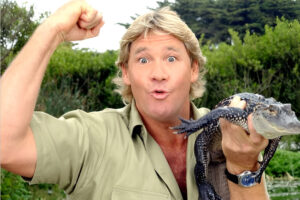
Source:
Biography.com, https://www.britannica.com/biography/Steve-Irwin
https://australiazoo.com.au/about-us/the-irwins/steve/
https://kids.britannica.com/kids
https://www.encyclopedia.com/people
Wikipedia, AFT, LA Times,
https://www.telegraph.co.uk/…/Crocodile-Hunter-Steve…
https://doodles.google/doodle
******

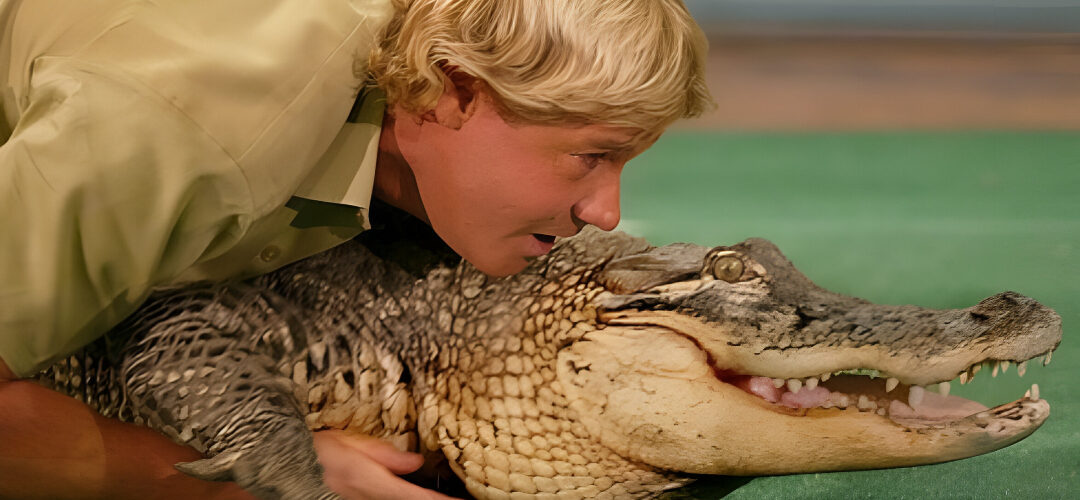
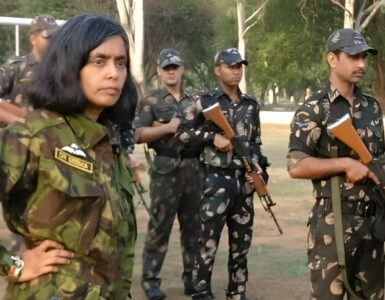
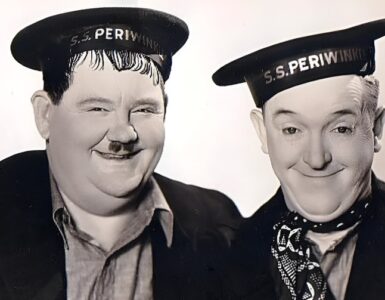










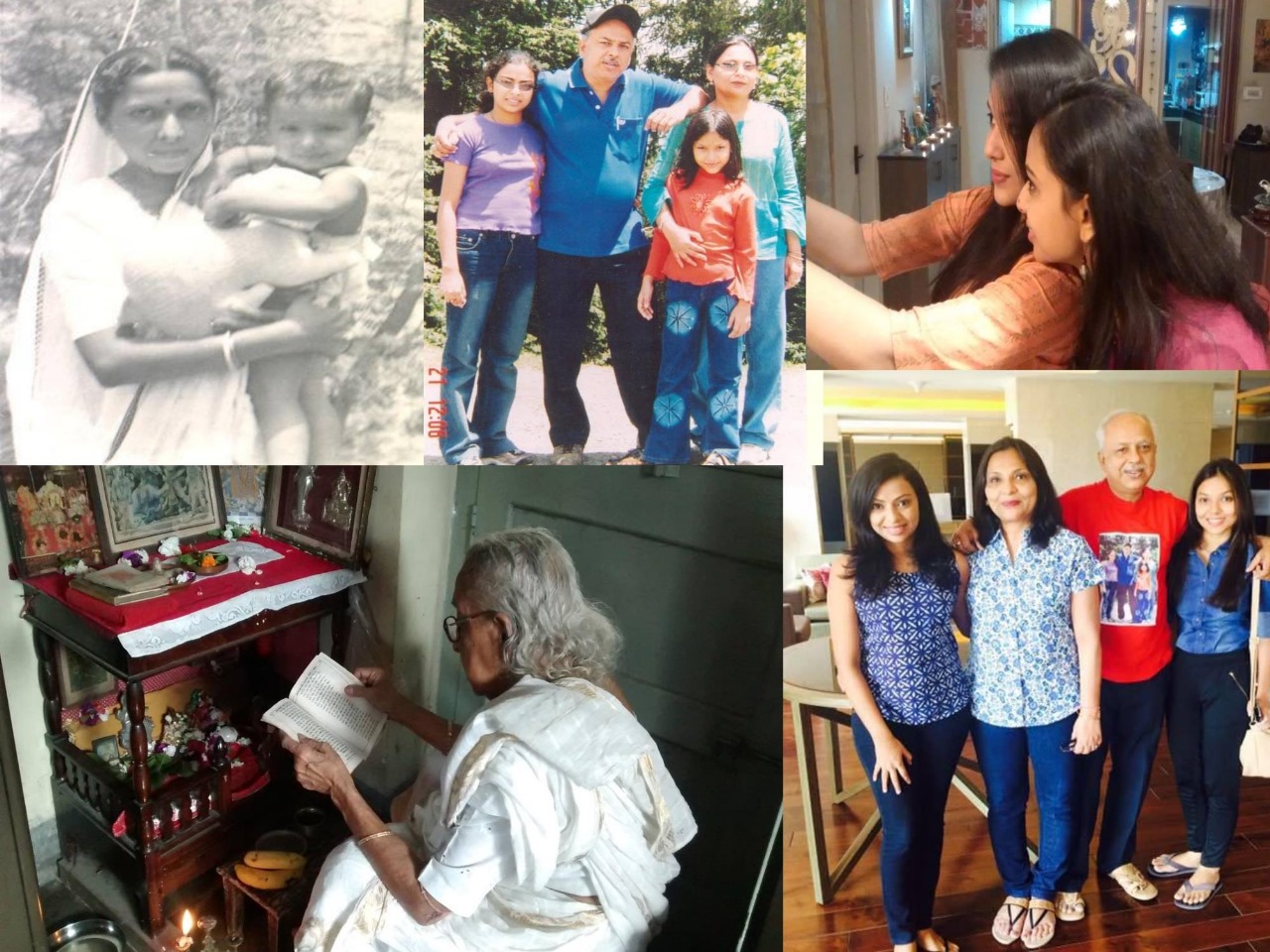
Add comment